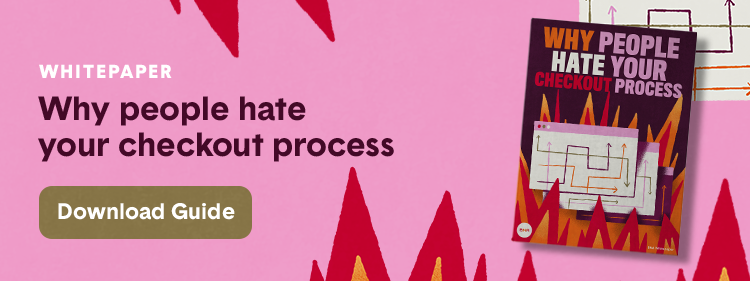As long as people keep walking into your retail store and making purchases, you might think that all is right in the world.
But is business really going as well as you think?
What are those customers thinking as they navigate through your store? Will they come back? Do they love the customer journey you offer? Will they think positively of the shopping experience you deliver?
Knowing what most consumers expect from a retail shopping experience can help you gain a better understanding of what your own customers aren’t telling you as they shop through your store.
They prefer quality over speed
No customer wants to stand in a checkout line for ages. We aren’t arguing with you there. But it’s a delicate balance. As you focus on improving speed, you might end up sacrificing quality of service. And your customers just aren’t having it.
Above all, shoppers want a pleasant experience. If they feel like they’re being rushed as opposed to helped, they’ll remember those negative feelings as opposed to the positive feelings associated with a quick checkout line.
They’re frustrated no one is helping them
Your customers don’t want to walk around aimlessly searching for the products they’re looking for. Many want advice and recommendations, too. If they’re looking for help and they can’t locate an employee, they'll probably feel alone, overwhelmed, and frustrated.
Remember, people can shop online, but many of them choose to shop in store, precisely so they can get a personalized customer experience. In fact, they crave it.
For example:
- They want knowledgeable employees to help them purchase the right electronics for their needs.
- They want trendy employees to help them buy the perfect outfit.
- They want staff to help them quickly find what they’re looking for.
All it takes is one bad experience, and they’re gone.
They can get your product somewhere else
Regardless of what you sell, you’re bound to have competition. Someone else, somewhere is selling the same thing. And they might be doing it better than you. They might be selling it cheaper. They might be selling it in a more convenient location. They might add on free services, too.
That’s just the reality we sell in.
Don’t despair, though. I’m telling you this so that you can think carefully about the value that you offer (and how you share it).
If they’re unhappy, your customers will be more than willing to go down the street to your competitor, so it’s important to always keep their best interests at heart. Make sure you know what’s important to them and deliver the right value to keep them loyal.
It takes time to build trust
They might have walked into your store, but that doesn’t mean they’ll buy. It doesn’t mean they trust you. It doesn’t mean they’re willing to commit just yet.
It’s up to you to build trust with knowledge and expertise, honesty and integrity, and quality products. Even money-back guarantees, warranty programs, and social proof can help.
The onus is on you.
They want to pay their way
Every once in a while, you might get a customer who asks you whether you accept Apple Pay or Samsung Pay. How many more customers aren’t speaking up about their payment preferences?
The fact is there are now hundreds of different ways to pay, and shoppers are surprisingly loyal to their preferred methods. Some will have no problem paying with cash or credit but others (especially younger customers) will want you to accept mobile wallets and other forms of digital payments. Tourists may expect you to accept their local payment forms, like WeChat Pay.
They’re having cash flow problems
They might want to buy everything in your store, but they probably don’t have enough cash to do so. They might not even have enough cash to buy that one preferred item they really want, and instead they have to settle for a less expensive version.
No one will come right out and tell you they’re having cash flow problems, but that doesn’t mean you shouldn’t anticipate this challenge and try to overcome it. Besides accepting credit, you can solve this problem for customers by offering instant customer financing at the point of sale. It allows customers to get small lines of credit from a third party and then pay for their purchases over equal monthly installments.
Your customers might not love your retail store, your products, your customer journey, or your shopping experience as much as you think they do. Keep these thoughts in mind as you take steps to improve the experience for your valued customers.



